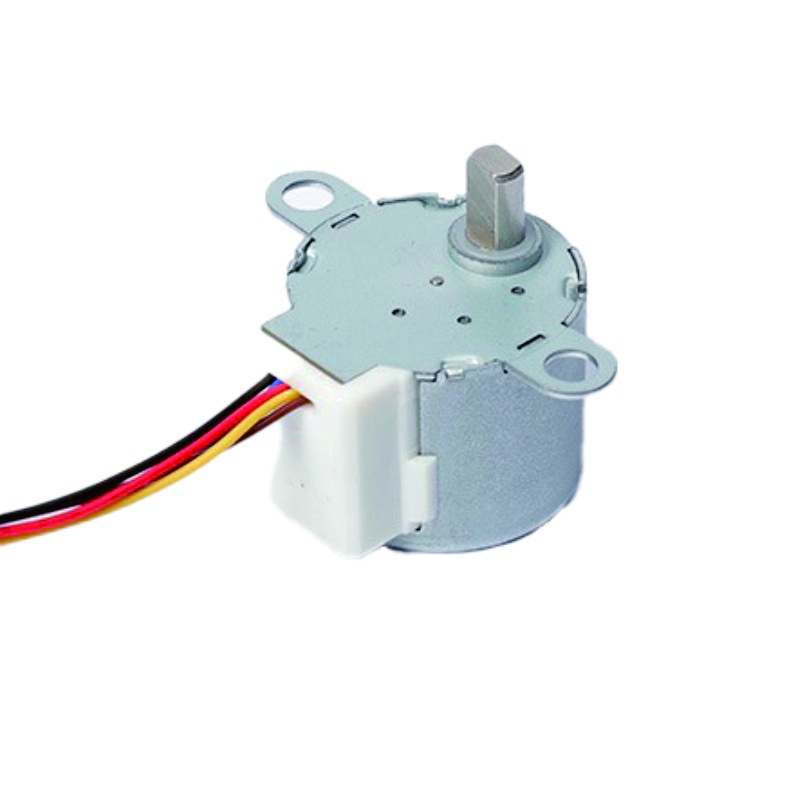Introduction to brushless dc stepper motors
Brushless DC stepper motors are a fascinating and pivotal advancement in motor technology, characterized by their ability to offer precise control and efficient operation. These motors combine the principles of both stepper motors and brushless DC motors, creating a robust mechanism used across various industries. Manufacturers, suppliers, and factories have been keen on integrating this technology into modern applications due to its myriad benefits.
Working Principle of Brushless DC Stepper Motors
Core Functionality
The core operation of a brushless DC stepper motor relies on the interaction between its permanent magnets and electromagnets. Unlike traditional motors, brushless DC stepper motors use electronic commutation instead of brushes, which not only enhances the motor's life but also its performance.
Step Angle and Precision
These motors are engineered to move in distinct steps, each typically ranging from 1.8 to 15 degrees, allowing for highly accurate positioning. This precision is crucial for applications requiring meticulous control, such as robotics and automated manufacturing systems.
Components of Brushless DC Stepper Motors
Stator and Rotor
The stator in a brushless DC stepper motor is a stationary part that contains multiple electromagnets arranged in a specific configuration. The rotor, on the other hand, usually comprises permanent magnets. The interaction between these components is what generates movement.
Controller and Driver
Controllers and drivers are essential to manage the operation of the motor. The controller dictates the sequence of energizing the stator windings, while the driver provides the necessary power amplification. Suppliers ensure these components are integrated seamlessly to optimize performance.
Advantages of Brushless DC Stepper Motors
Efficiency and Longevity
The elimination of brushes reduces wear and tear, significantly enhancing the motor's lifespan. The efficiency is further boosted by the motor's ability to operate with reduced electrical noise and less heat generation.
Maintenance and Reliability
Due to the absence of brushes, maintenance requirements are minimal, offering factories and manufacturers a reliable solution with lower operational costs. This reliability is particularly beneficial in environments where continuous operation is critical.
Applications in Various Industries
Robotics and Automation
Brushless DC stepper motors are commonly used in robotics, where precision and control are paramount. Their ability to offer precise positioning makes them invaluable in robotic arms and CNC machinery used in factories.
Medical Devices and Aerospace
In the medical field, these motors are used in equipment that requires high precision, such as scanners and pumps. In aerospace, their reliability and efficiency make them suitable for critical applications.
Comparing Stepper Motors and Brushless DC Motors
Performance and Efficiency
While both motor types have their unique benefits, brushless DC stepper motors offer superior performance in terms of precision and efficiency. Traditional stepper motors, with their mechanical commutation, fall short in applications demanding high durability and exact control.
Cost Implications
Despite the higher initial cost, the long-term savings provided by reduced maintenance and improved efficiency make brushless DC stepper motors a cost-effective choice for suppliers and manufacturers.
Control Techniques for Brushless DC Stepper Motors
PWM and Microstepping
Pulse Width Modulation (PWM) and microstepping are common techniques used to control these motors. PWM controls the voltage to the motor, while microstepping allows for even finer control by dividing steps into smaller increments, increasing smoothness and accuracy.
Closed-loop Control Systems
Advanced applications often require closed-loop control systems, which provide feedback to ensure the motor's output matches the desired input exactly. This system enhances performance and is vital in high-precision applications.
Challenges in Using Brushless DC Stepper Motors
Complexity and Cost
The complexity of brushless DC stepper motors, due to their need for sophisticated control systems, can increase the cost. Suppliers need to balance these costs with the benefits offered to attract more factory-based applications.
Control System Integration
Integrating these motors with existing systems poses a challenge. It requires in-depth knowledge and expertise to ensure seamless operation, making the role of experienced manufacturers and suppliers crucial.
Hanlang Technology Provide Solutions
Hanlang Technology offers comprehensive solutions for integrating brushless DC stepper motors into your operations. By leveraging state-of-the-art technology and expert knowledge, we provide manufacturers, suppliers, and factories with customized solutions tailored to their needs. Our focus on precision, efficiency, and scalability ensures that your systems are optimized for peak performance. Whether you're looking to enhance robotic applications or streamline manufacturing processes, Hanlang Technology is your dependable partner in achieving operational excellence.




